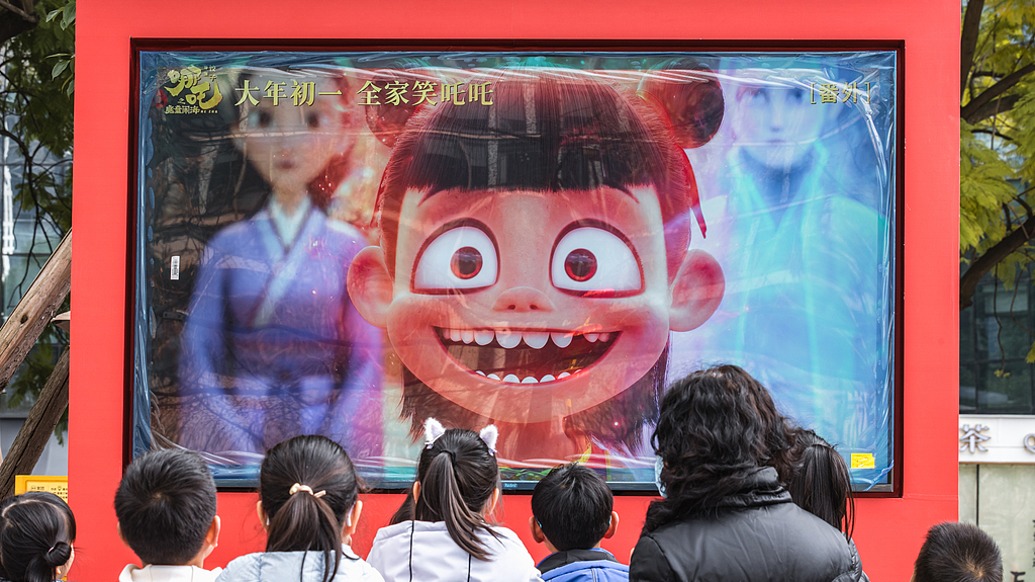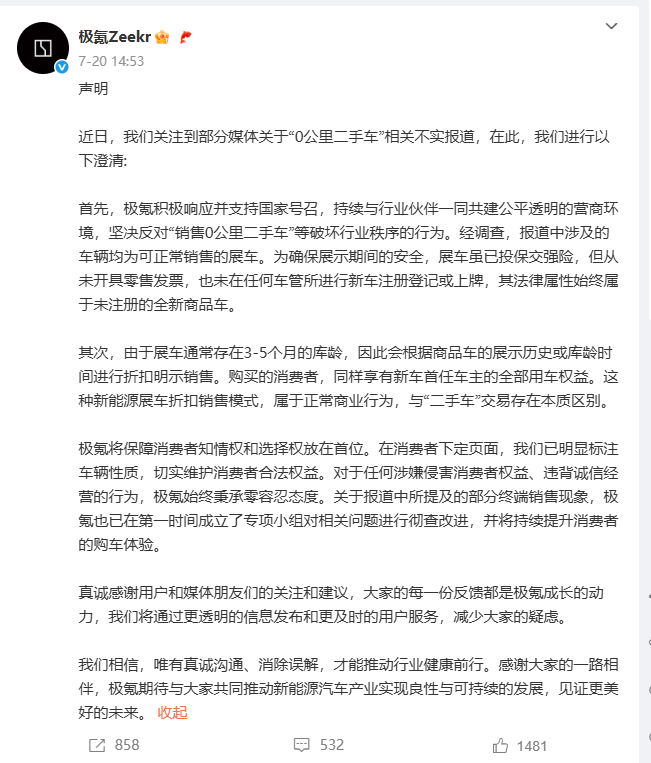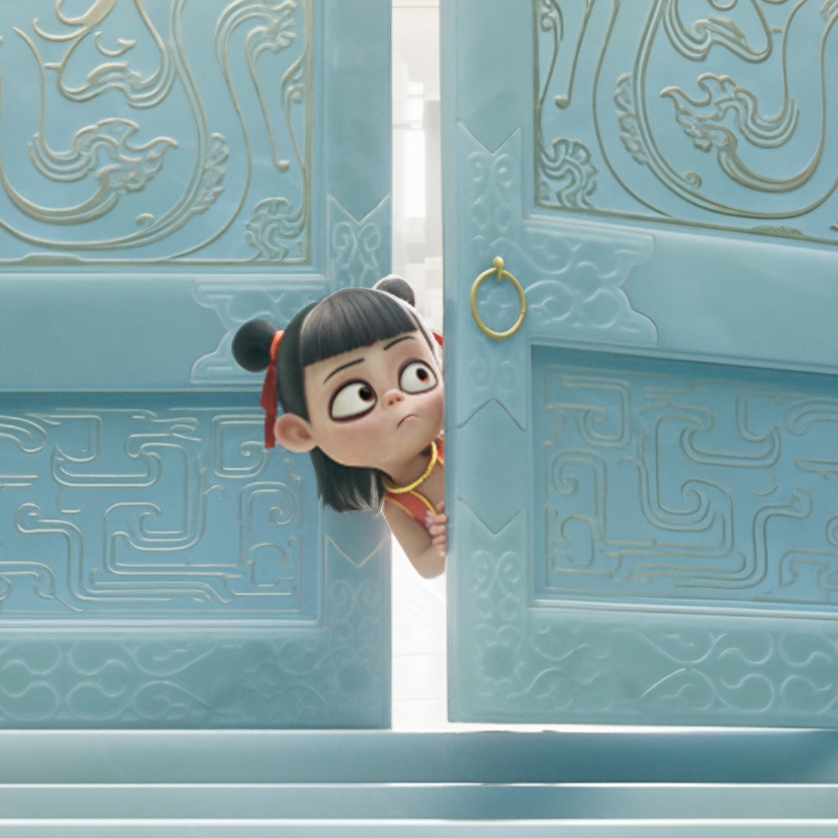

Since its release on the first day of the Lunar New Year, the box office of "Nezha: The Devil Boy Conquers the Dragon King" (hereinafter referred to as "Nezha 2") has been soaring. As of 12:00 on February 9, the box office has exceeded 7.5 billion yuan, becoming the first film in the world to exceed 1 billion US dollars in a single market. This happened at the 120th anniversary of the birth of Chinese film and the 130th anniversary of the birth of world cinema, which greatly boosted the confidence of the industry, demonstrated the vitality of the iteration of film art, and enhanced the cultural confidence of the Chinese people. The situation of "everyone arguing about "Nezha 2"" during the Spring Festival holiday not only shows that it has become a cultural phenomenon, but also means that it should be included in the research field, analyze the reasons for its success, and bring more inspiration to Chinese film creation and the development of new popular literature and art.
Nezha 2 marks the arrival of a new stage for the Chinese animation school. In the last century, represented by a series of classic works from the Shanghai Fine Arts Film Studio, the Chinese animation school was loved by the Chinese people and attracted worldwide attention. However, the creation and production model at that time could not adapt to the development speed of the contemporary film industry and could not meet the needs of contemporary movie audiences, and encountered bottlenecks after the glory. Entering the new era, with the deepening of the reform of the Chinese film industry, and also benefiting from the development of China's economy and society, the progress of science and technology, the prosperity of the cultural market, and the accumulation of film talents, the Chinese animation industry has gained new resources and strength and ushered in new development opportunities. A group of young filmmakers who love animation have emerged, and a large number of Chinese animation audiences have responded enthusiastically.
Nezha 2 makes us realize that Chinese culture has an extremely long, rich and profound ideological resource. In the film, the barrier beasts inspired by the Sanxingdui civilization, the huge Tianyuan Ding, and the bronze mirror decorations on the Shiji Niangniang case take the audience back to the Bronze Age in Chinese history, which was a human childhood that was as fierce as fire, fierce and fierce, but also primitive, innocent and simple. In the plot, the Hunyuan Pearl is divided into two, and the magic pill and the spirit pearl grow separately, triggering a series of stories. This basic setting is in line with the fable in Zhuangzi that Hun Dun was killed by artificially chiseling seven orifices. The battle scenes between the immortals and demons in the film continue the awakening theme of the classic 1979 animation Nezha Conquers the Dragon King.
As for the multiple clues of the plot, the beauty and ugliness of the design, and the solemn and humorous character creation, it seems too much and too full and a bit messy, but if you look back at the Yuan Dynasty drama and the popular novels of the Ming and Qing Dynasties, you will realize that the romance and power of the secular torrent are enough to drive the narrative forward. The movie continues this secular aesthetic that the people love to see and hear, and integrates it into innovation, tempering and remaking it. In fact, we can also find some influences from Western animation and Japanese anime in "Nezha 2". The Western culture that has entered China since modern times has been used for the construction of contemporary Chinese culture, which is itself one of the cultural stories in the process of Chinese modernization.
Nezha 2 reminds us that the growth of China's new filmmakers has entered a new stage of cultural ecological development. The strengths of the new generation of literary and artistic workers, on the one hand, lie in their profound experience and understanding of China's reality, society and life, and ultimately transform them into new artistic languages. Many young audiences found their own shadows in Nezha 2. They regarded Taiyi Zhenren as a desperate programmer, the hard thorns on Nezha's body as past pains, Mrs. Yin's embrace as the redemption brought by great love, and the battle of all beings to break the giant cauldron and furnace as a struggle to create the future... So they had deep empathy and resonance. It can be seen that if the seemingly unrestrained myths and fantasies are to convince and love the audience, they are ultimately inseparable from the down-to-earth spirit of realism and the realistic feelings of empathy.
On the other hand, new filmmakers consciously practice cross-border art, media integration, technology upgrading, and mutual learning among civilizations, and this practice is becoming more systematic. In Nezha 2, the scenes of Tufeipo fighting the groundhog and the colorful wonders rendered by ink particle technology have all received support from peers. The well-known company in the industry, Original Force Digital Technology, even "stopped updating" its own projects to ensure that it completed part of the work on Nezha 2. The belief that "unity is strength" is increasingly becoming a consensus in the Chinese film industry. Whether it is individual creators, studios, or companies, they have all passed the stage of fighting alone and acting on their own, and are consciously moving towards a benign ecology of concerted efforts, resource sharing, industry expansion, and overall win-win.
Nezha 2 tells a good story. The birth and popularity of Nezha 2 is also a good story. The former belongs to the creators, who are individuals full of creativity; the latter belongs to Chinese animation, film, technology, etc., which constitute a larger subject, that is, the new popular literature and art, the new cultural veins. "Control the debate of the six qi", the small is not small; "ride the righteousness of heaven and earth", the big will be bigger. The distance of Chinese culture, the future of Chinese film, is thousands of miles away.
(The author is the director and researcher of the Film Culture Research Department of the China Film Archive)


